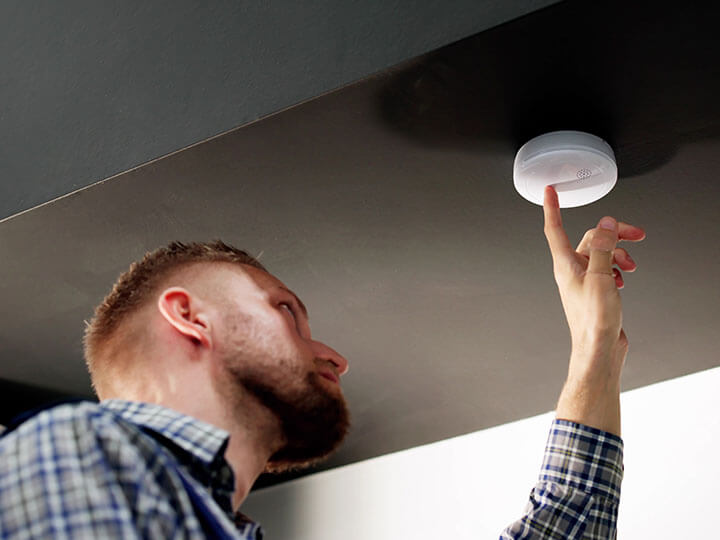Navigating Gas Detector Standards: Combustible, Toxic, and Safety Compliance

25 Nov 2025
Learn About Essential Standards in Europe, North America, and Under the IECEx Scheme
Gas detection technology is essential to safeguard people, assets and facilities across industrial, commercial and residential environments. As regulatory frameworks evolve worldwide, manufacturers, OEMs and compliance teams must navigate a dense matrix of regional and international standards that differ by gas type, installation zone and performance.
There are numerous essential standards that apply in Europe, North America and under the IECEx scheme. For combustible gas detection, the IEC/EN/CSA/UL 60079-29-1 family defines performance, testing and classification requirements. Toxic gas detectors are addressed by standards such as IEC/EN/CSA/UL 62990-1, which specify measurement accuracy, cross-sensitivity mitigation and environmental robustness. Emerging guidance like IEC TS 63542:2024 covers refrigerant detection for flammable refrigerants and reflects shifts in refrigerant selection and risk profiles.
North American requirements include UL 2075 and ULC S588 for gas and vapor detectors and sensors, while EN 50402-1 establishes safety expectations within the EU for both combustible and toxic systems. Manufacturers must also evaluate hazardous location certification (explosion protection/Ex) for devices installed in classified atmospheres, along with sector-specific updates, most notably for hydrogen and flammable refrigerant detectors, that influence test plans and certification timelines.
Understanding the scope, applicability and interplay of these standards is essential when planning product development, testing programs and global certification strategies. Early engagement with testing laboratories and certification bodies reduces redesign risk, accelerates market access and ensures devices meet both performance and safety expectations.
Intertek’s Life Safety & Security team helps clients translate regulatory complexity into practical certification roadmaps, streamlining compliance across jurisdictions.

